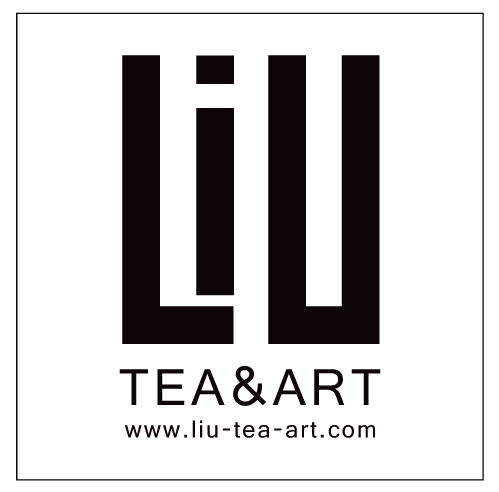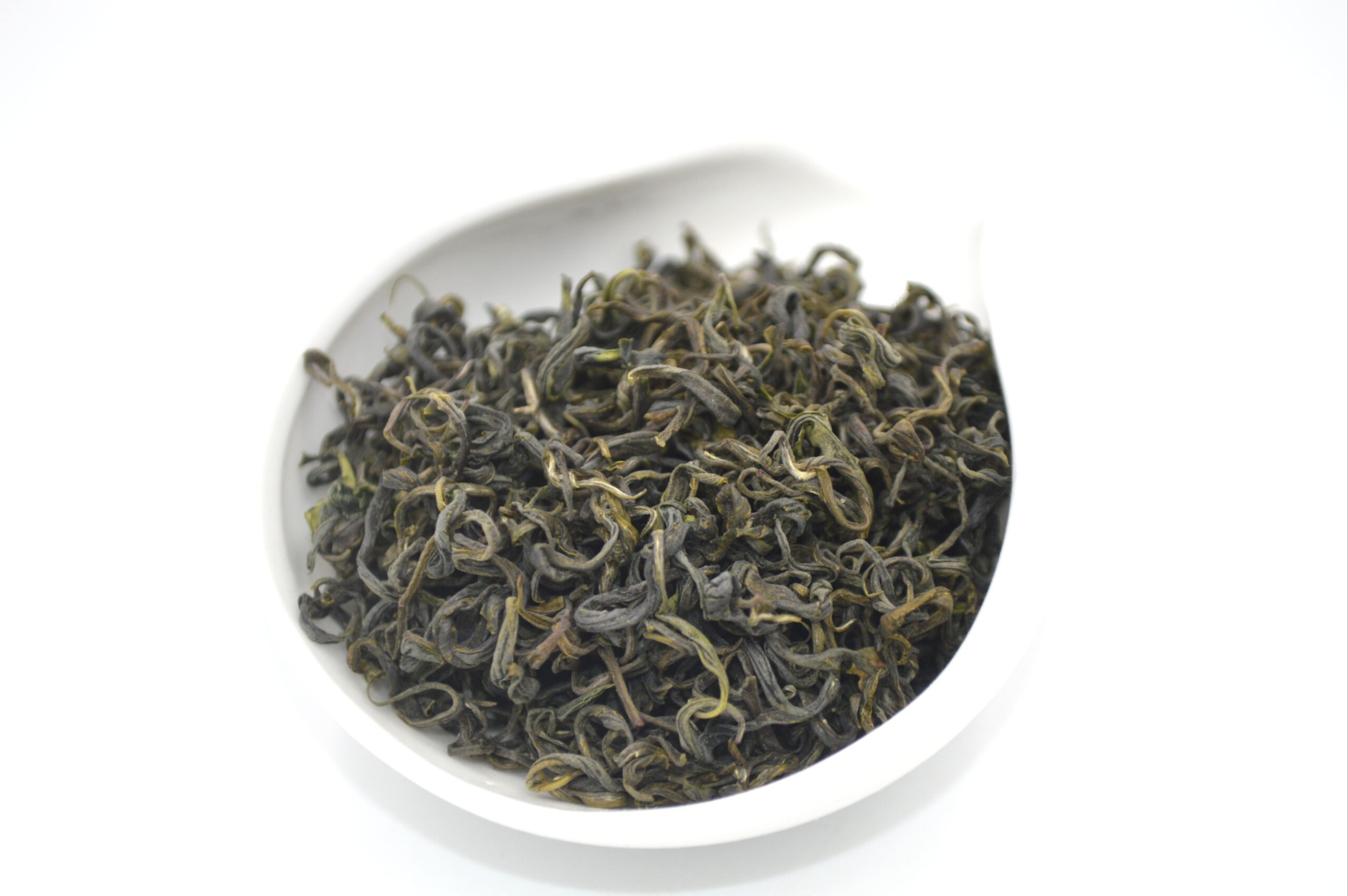Description
Zhejiang, Jiangsu and Anhui Tea Workshop
Origin: Mogan Mountain, Zhejiang Province
Harvest time: 2025 Spring
Material: tender bud and 1 leaf
Grade: First Grade
Method:
use 80℃ water and covered tea bowl or glass to brew 3 rounds, tea:water 1:80
- dry tea strip is tight and curly, with slightly white hair, dark green lustrous color
- tea soup is green, clear and brilliant
- the aroma is clean and strong
- the taste is thick and mellow, aftertaste
- the wet is tender green whole flush, fresh and lustrous, even and tender
Introduction:
As early as the prevalence of Buddhism in the Jin Dynasty, monks went to Moganjie Temple to grow tea. Mogan tea is produced in Mogan Mountain and is tea harvested from bamboo forests. Moganshan is a remnant of the eastern branch of Xitianmu Mountain, with a forest coverage rate of 92%. The Dazhu Sea forms a natural barrier, creating a microclimate in the tea area. The average highest temperature in summer in the mountainous area is 26 ℃, known as the “cool world”, with an average annual precipitation of 1400 to 1800 millimeters and constant clouds and mist. The mountainous areas are mainly composed of “yellow mud and sandy soil”, with deep soil layers, good permeability, acidic soil, pH value of 5.5-6.3, suitable for tea tree growth; There are also “red yellow soil”, “stone sand soil”, etc; At an altitude of over 600 meters, there are “mountain yellow mud and sand” and “mountain black yellow mud and sand” on mountain peaks, with fertile and loose soil and an organic matter content of over 2.5%.




















